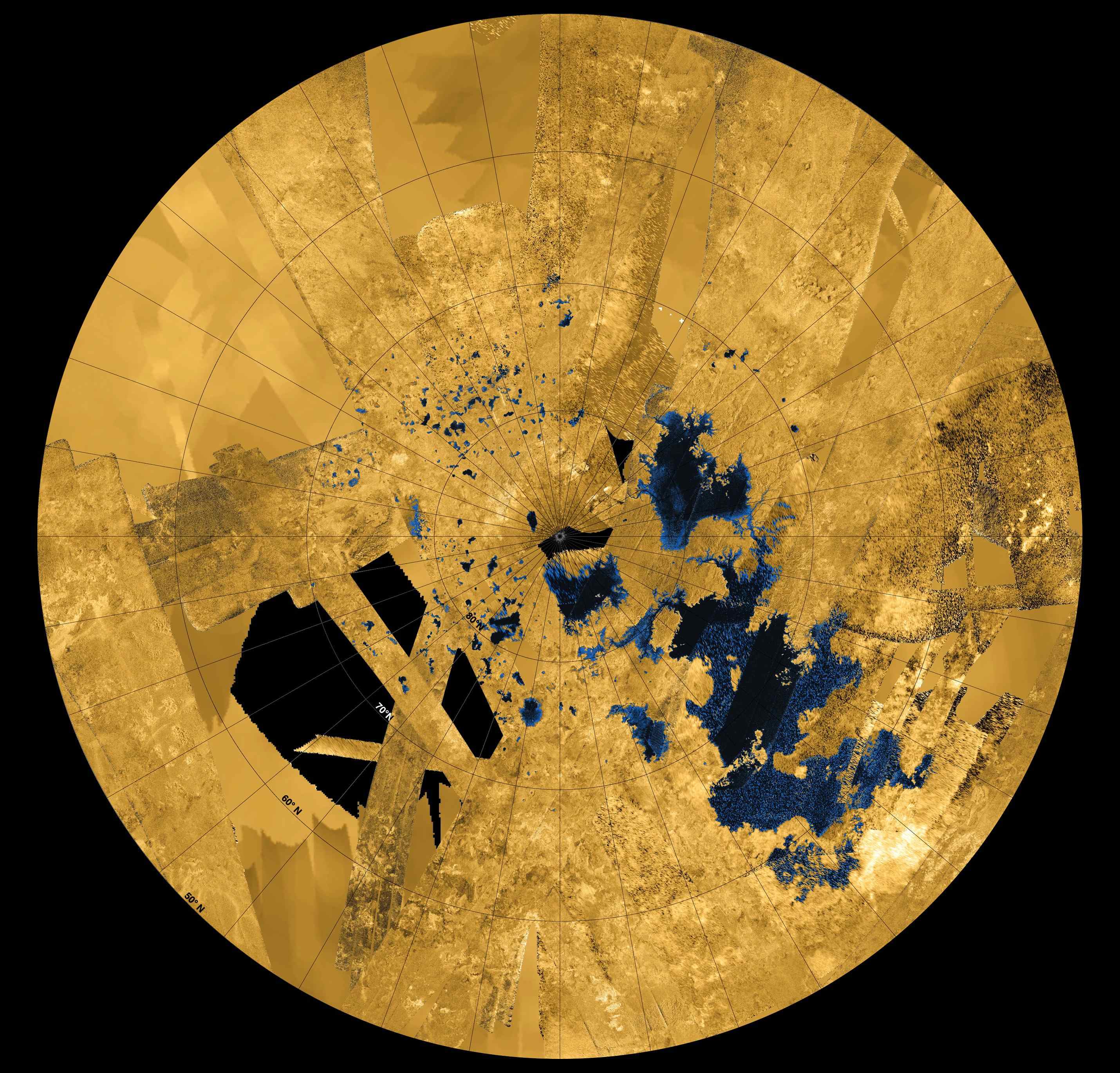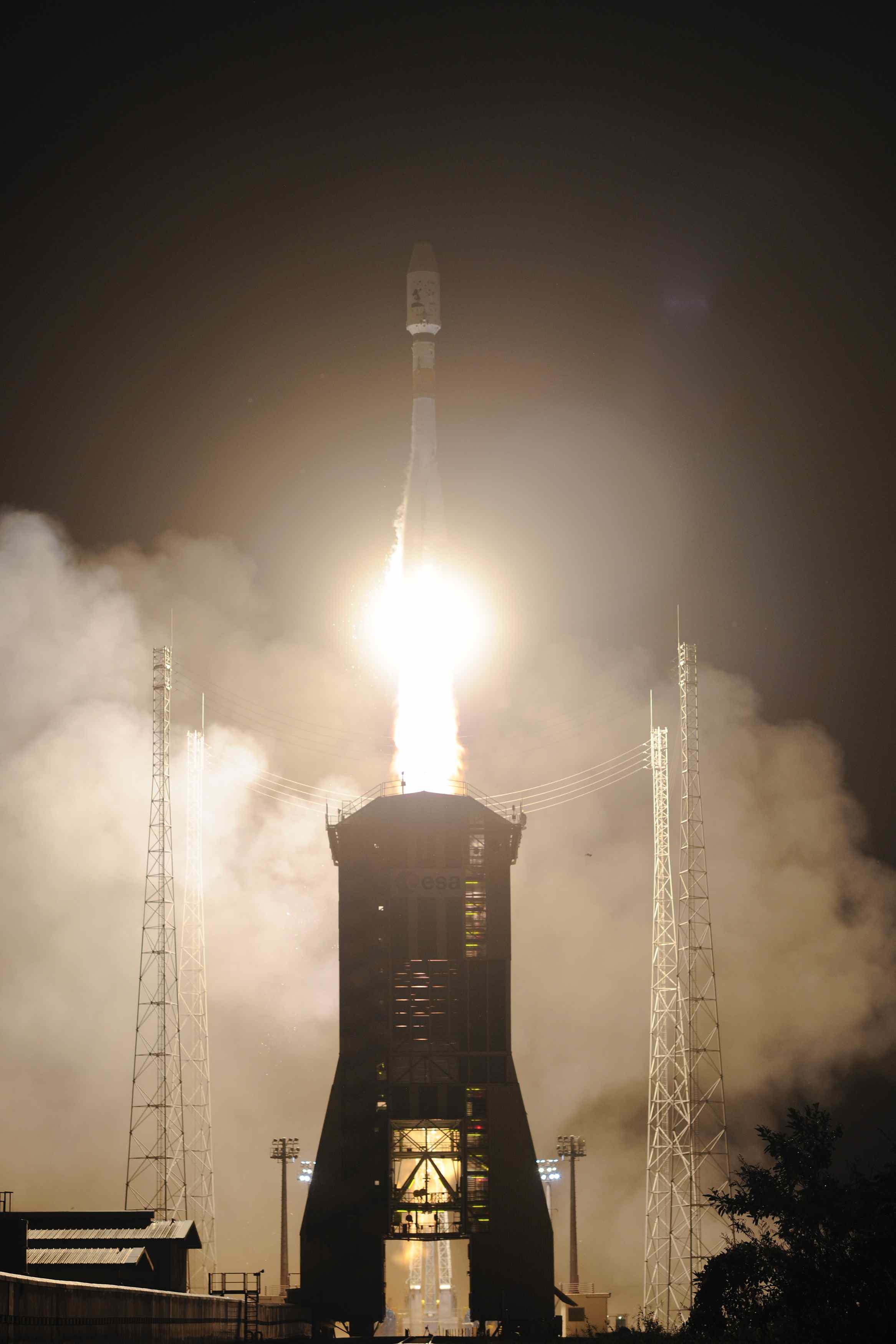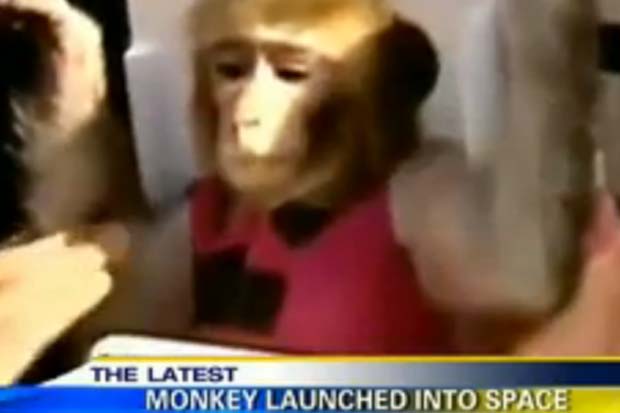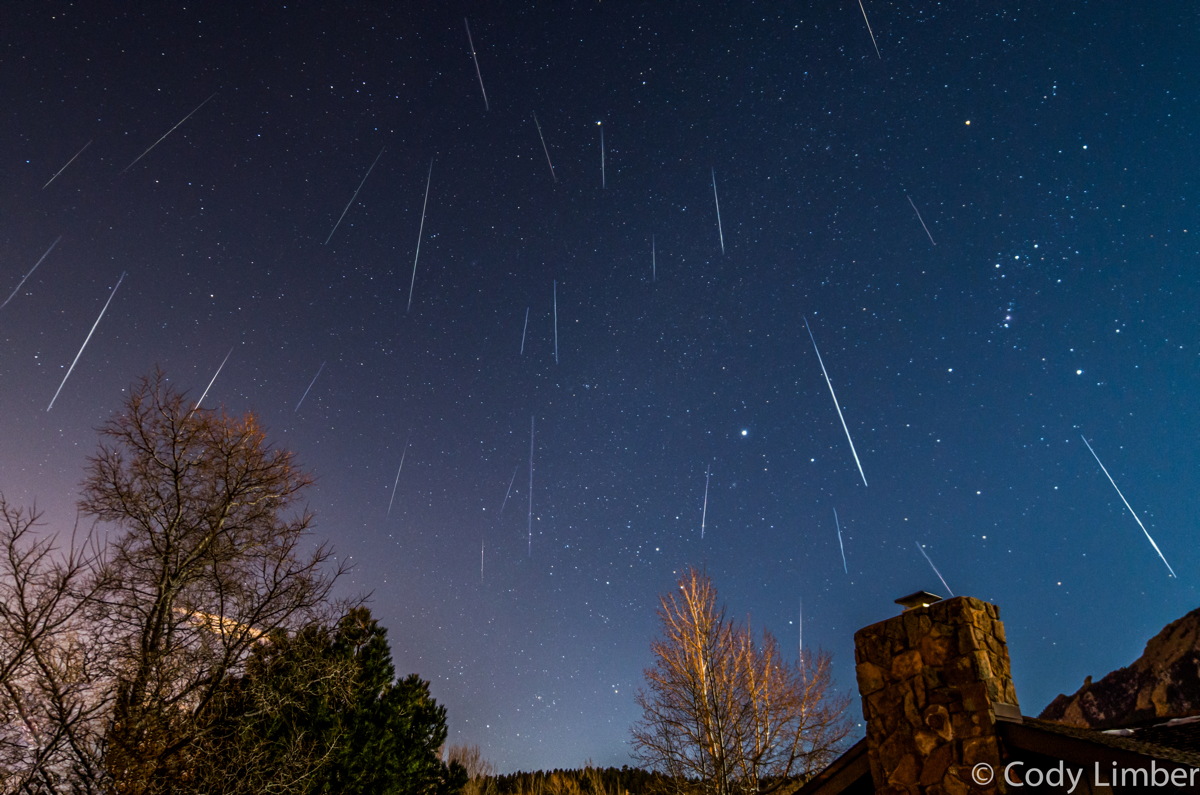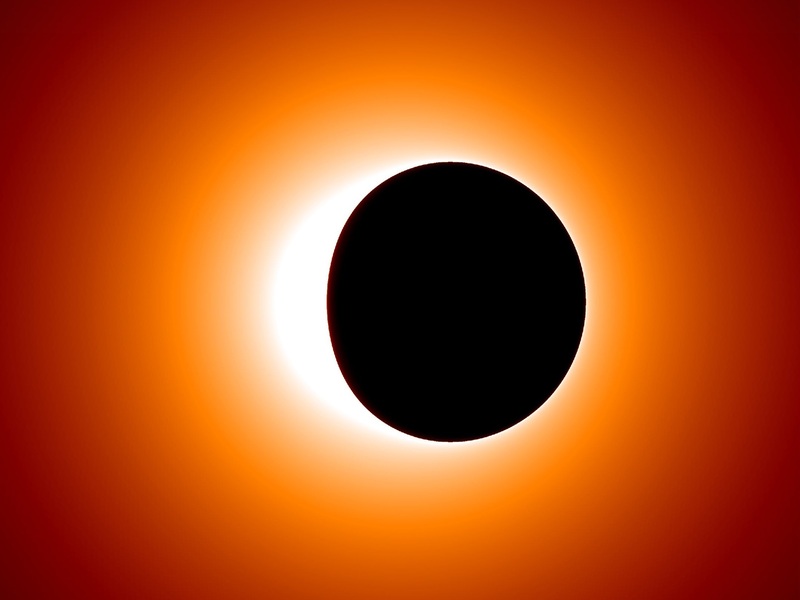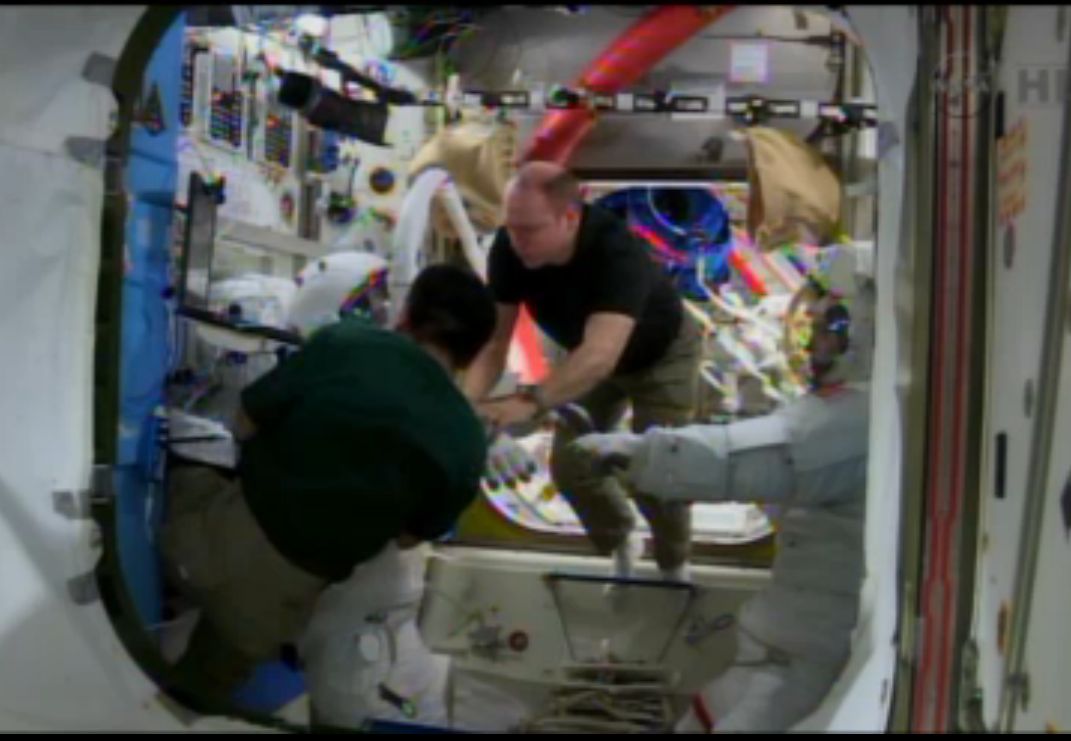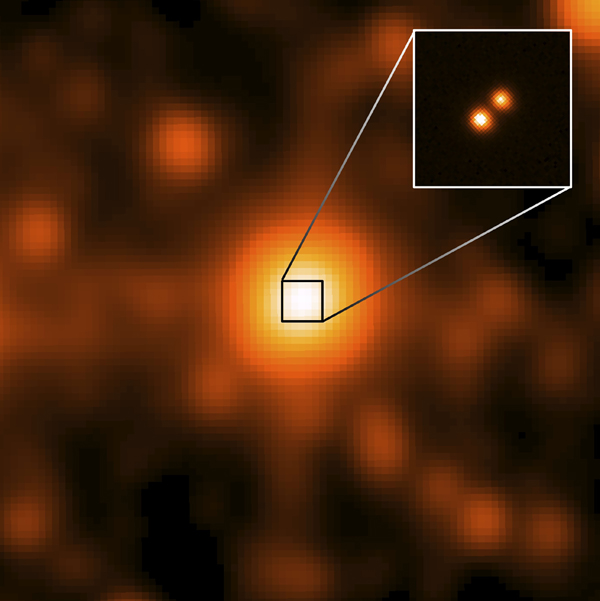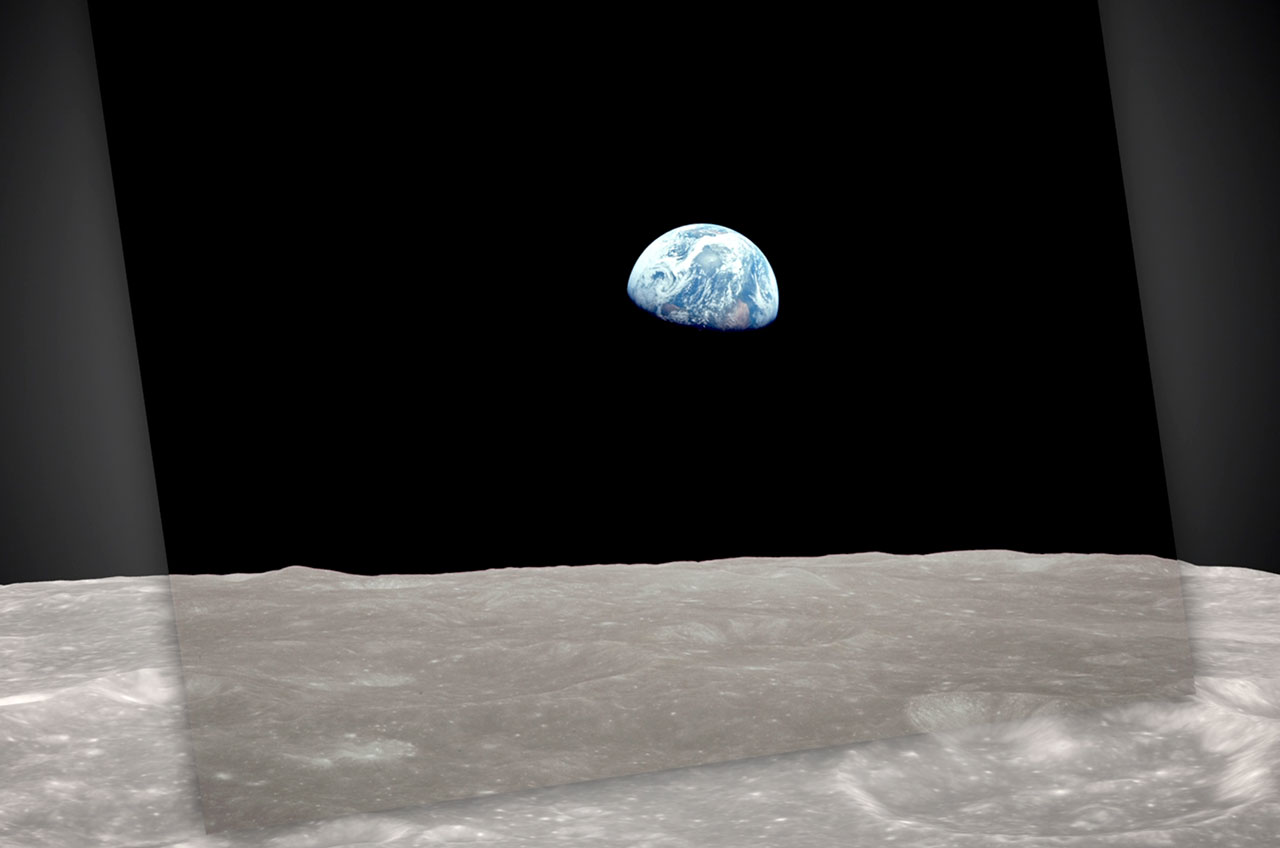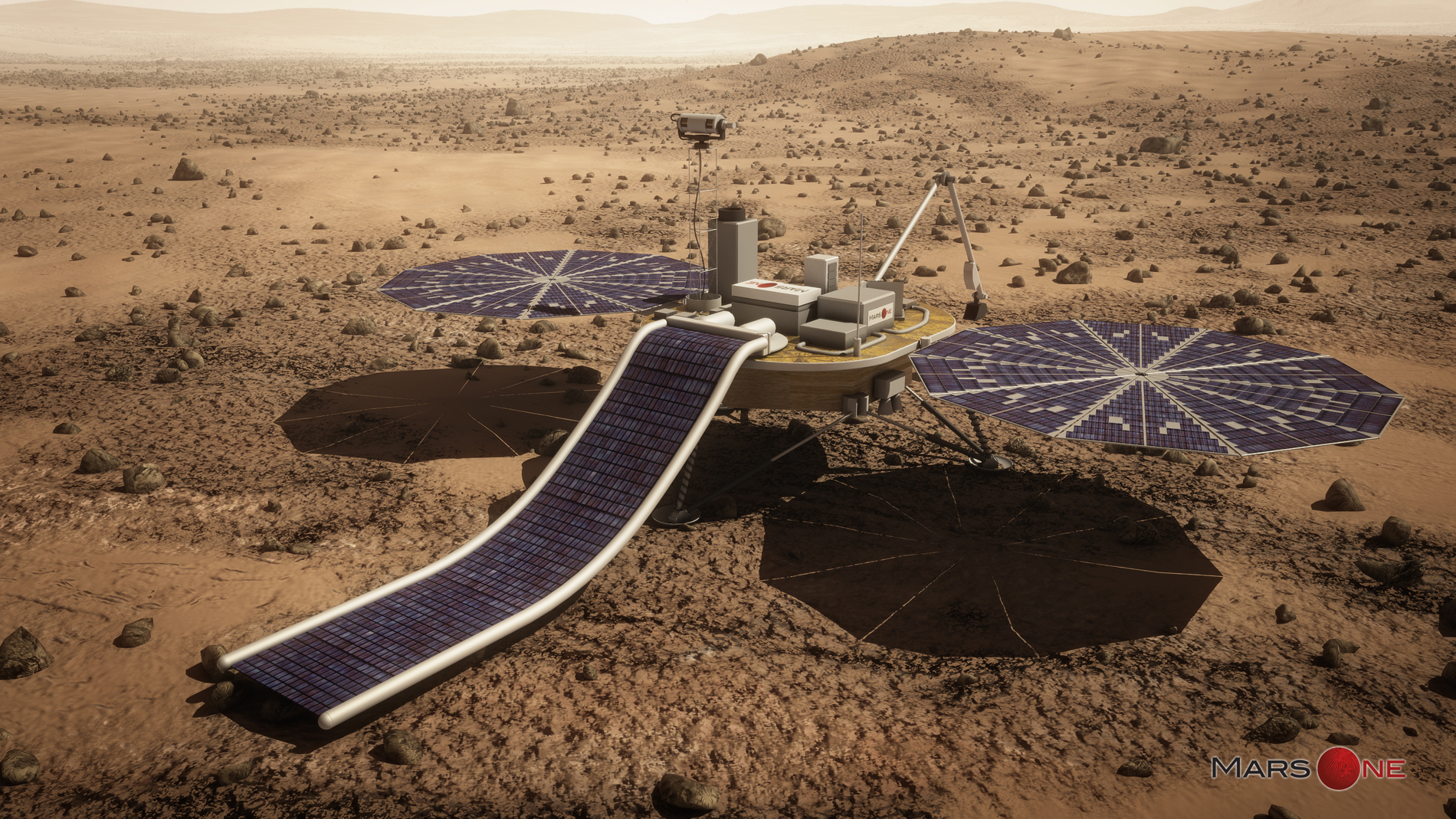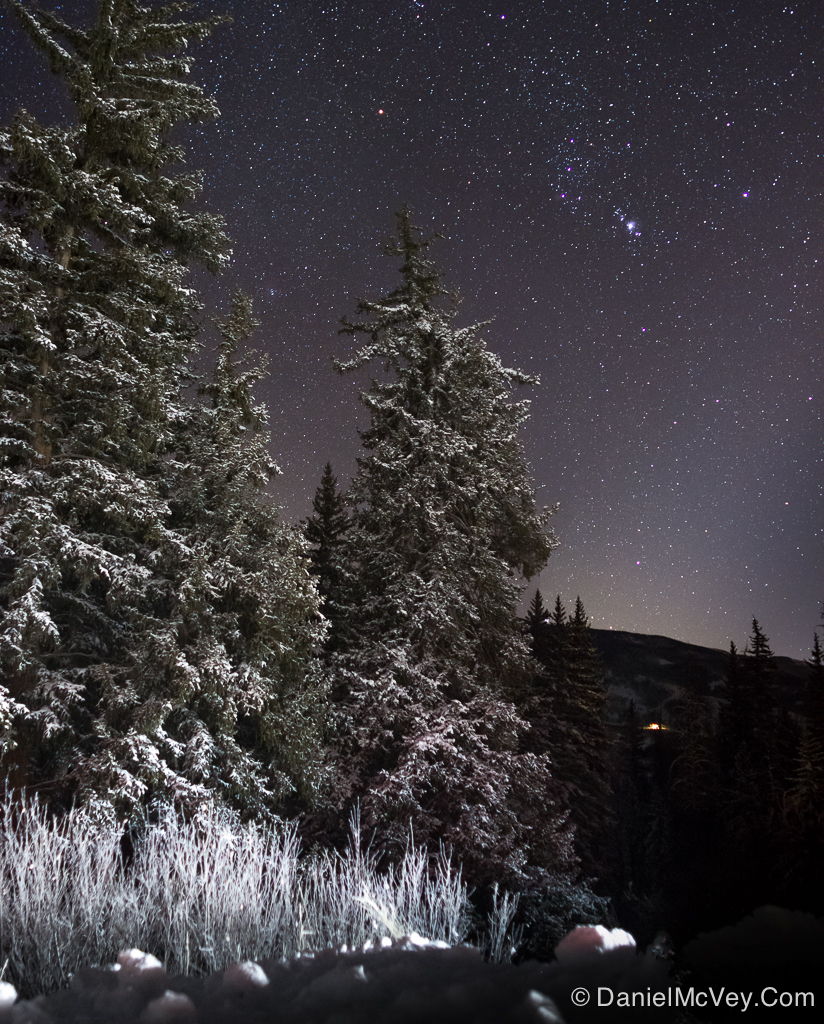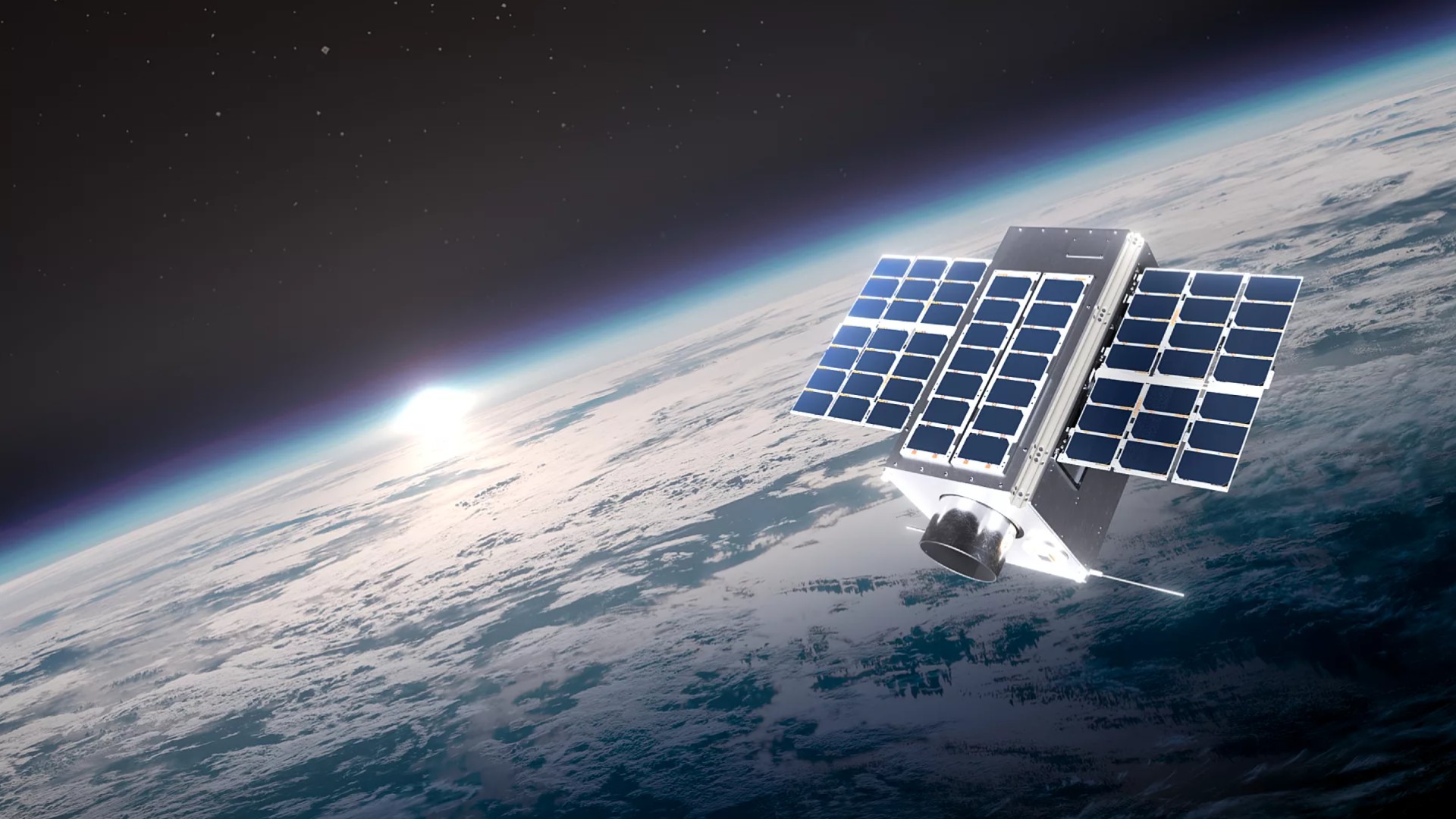Vote Now! Best Space Stories of the Week – Dec. 22, 2013
Gaia Liftoff, Titan's Seas and More
Last week, Europe launched its galaxy-mapping Gaia spacecraft, Iran claimed to launch a monkey into space and scientists plumbed the depths of the Saturn moon Titan's hydrocarbon lakes and seas. See the best stories from last week here.
FIRST STOP: Europe Launches Gaia, Its Billion-Star Surveyor
Europe Launches Gaia, Its Billion-Star Surveyor
Europe's Gaia spacecraft lifted off from French Guiana Thursday (Dec. 19), carried aloft by a Russian Soyuz-Fregat rocket. Gaia is on its way to a gravitationally stable point about 930,000 miles from Earth, which it should reach in three weeks. Over the next five years, Gaia will precisely map 1 billion Milky Way stars, allowing scientists to create a high-resolution galactic map.
[Full Story]
NEXT: Iran Claims to Launch Monkey to Space
Iran Claims to Launch Monkey to Space
Iran successfully launched its second monkey into space Saturday (Dec. 14), landing it safely on Earth after a 15-minute ride, according to Iranian officials.
[Full Story]
NEXT: Geminid Meteor Shower Wows Skywatchers
Geminid Meteor Shower Wows Skywatchers
Skywatchers were treated to an amazing cosmic show over the weekend during the Geminid meteor shower, one of the most incredible meteor displays of the year.
[Full Story]
NEXT: Scientists Aim to Take 1st Image of Black Hole
Breaking space news, the latest updates on rocket launches, skywatching events and more!
Scientists Aim to Take 1st Image of Black Hole
The European Research Council has given $19.3 million to a project that aims to peer at the supermassive black hole at the core of the Milky Way and image its event horizon — the theorized boundary beyond which nothing, not even light, can escape.
[Full Story]
NEXT: Holiday Spacewalks Required to Fix Space Station Cooling System
Holiday Spacewalks Required to Fix Space Station Cooling System
Repairing a problem with the International Space Station's vital cooling system will require spacewalks on Dec. 21, Dec. 23 and possibly Dec. 25 as well, NASA officials say.
[Full Story]
NEXT: Exoplanet Possibly Spotted Orbiting Nearby 'Failed Stars'
Exoplanet Possibly Spotted Orbiting Nearby 'Failed Stars'
Astronomers have spotted signs of a possible exoplanet in a nearby system of twin failed stars. If confirmed, the alien world would be one of the closest to our sun ever found.
[Full Story]
NEXT: NASA Recreates Famous 1968 'Earthrise' Photo
NASA Recreates Famous 1968 'Earthrise' Photo
It is one of the most famous photos ever taken — the Earth rising over the moon's horizon as seen firsthand by the 1968 Apollo 8 crew. And yet, more than four decades later, details about the how photo was captured are still being uncovered.
[Full Story]
NEXT: Private Mars Mission Will Beam Video from Red Planet to Earth
Private Mars Mission Will Beam Video from Red Planet to Earth
The nonprofit organization Mars One plans to bring live video from the surface of Mars to Earth, via a lander and orbiter to launch as part of an unmanned mission in 2018.
[Full Story]
NEXT: Winter Solstice: Sun Stands Still on Dec. 21
Winter Solstice: Sun Stands Still on Dec. 21
The sun paused on Dec. 21 at its southernmost location in the sky and began moving north again. This day provided folks in the Northern Hemisphere their least amount of sunlight all year, while it was the longest day for people south of the equator.
[Full Story]
NEXT: Scientists Plumb Depths of Titan's Hydrocarbon Seas
Scientists Plumb Depths of Titan's Hydrocarbon Seas
Saturn's largest moon Titan harbors about 2,000 cubic miles of liquid methane and ethane on its frigid surface, new observations by NASA's Cassini orbiter suggest. The hydrocarbons are contained in an area near Titan's north pole that's just 660,000 square miles in size, a region slightly larger than Alaska.
[Full Story]
NEXT: In Memoriam: Spacecraft We Loved and Lost in 2013

Space.com is the premier source of space exploration, innovation and astronomy news, chronicling (and celebrating) humanity's ongoing expansion across the final frontier. Originally founded in 1999, Space.com is, and always has been, the passion of writers and editors who are space fans and also trained journalists. Our current news team consists of Editor-in-Chief Tariq Malik; Editor Hanneke Weitering, Senior Space Writer Mike Wall; Senior Writer Meghan Bartels; Senior Writer Chelsea Gohd, Senior Writer Tereza Pultarova and Staff Writer Alexander Cox, focusing on e-commerce. Senior Producer Steve Spaleta oversees our space videos, with Diana Whitcroft as our Social Media Editor.
